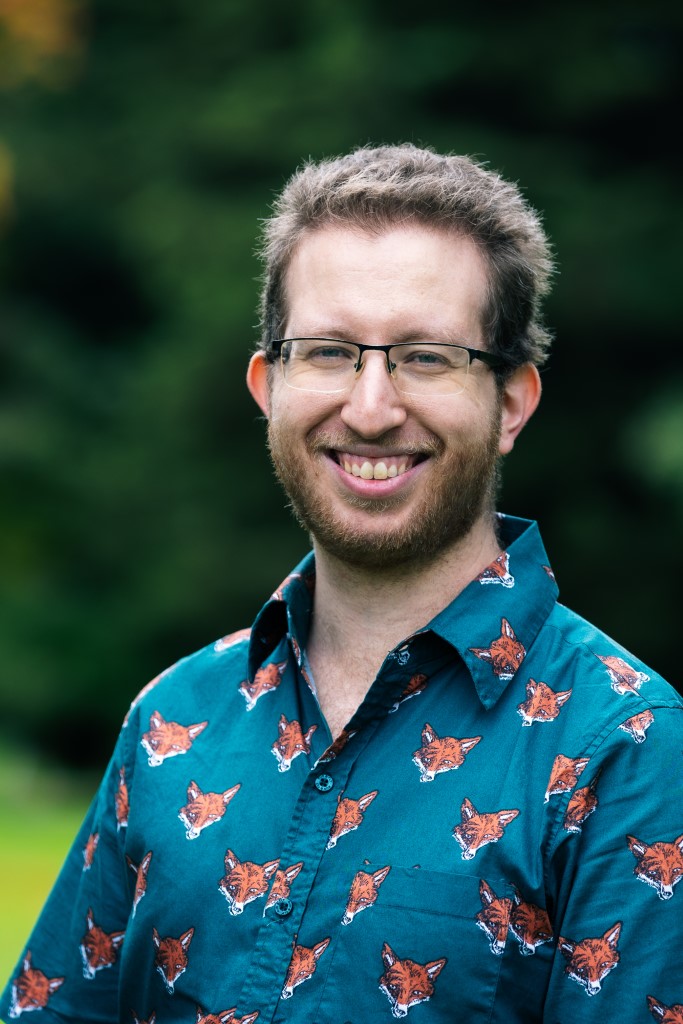Project: What drives non-linear dynamical, climate systems in the presence of synergistic inputs
Supervisors: Nachiketa Chakraborty (UoR), Jochen Broecker (UoR) & David Ferreira (UoR)
Project Description:
The project aims to develop a causal framework to infer relationships within complex climate models, and ultimately the real world. The focus is especially on synergistic relationships between variables; where multiple variables combine to produce an effect (indirect) distinct from their individual (direct) contributions. Synergies are present in ocean-atmosphere systems (e.g. overturning circulation and sea ice formation) in which strong feedback and non-linearities exist. Yet such synergies are difficult to attribute to individual physical components comprising mathematical climate models. Such attribution requires mathematical innovations to frameworks disentangling direct and indirect causes, by going beyond the standard (graphical) which only capture the former.
The student, supported by the team, will build from and develop further the state-of-the-art graphical causal models applied to a hierarchy of models of the ocean-atmosphere system, from simplified ones (low dimensional idealised) to complex (increasingly realistic physical) ones. The mathematical innovations include but are not limited to hierarchical information graphs, hypergraphs, etc. along with stochastic differential equations or discrete time processes. The aim is to first provide a proof-of-principle in simplified models and then scale up.
This provides the student an opportunity to develop cutting-edge mathematical methods for climate science; improving attribution to physical processes driving dynamics within climate models with uncertainty quantification. This can potentially improve forecasting climate change impacts like extreme weather events. The student will develop strong mathematical foundations and transferrable skills (methods, tools) transcending the specific problem. This presents an interdisciplinary opportunity to collaborate with mathematicians, data scientists, climate scientists and the MetOffice.


